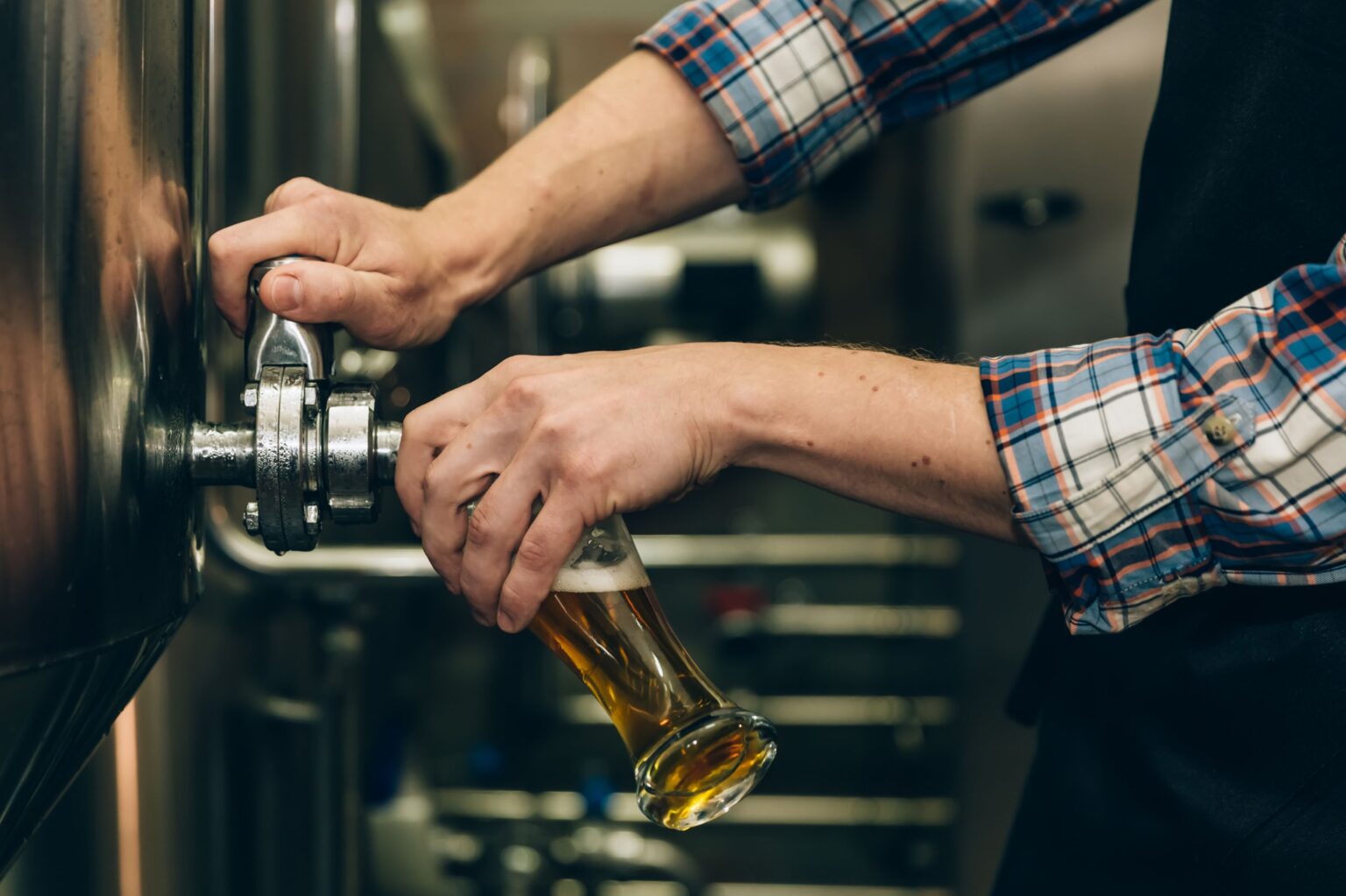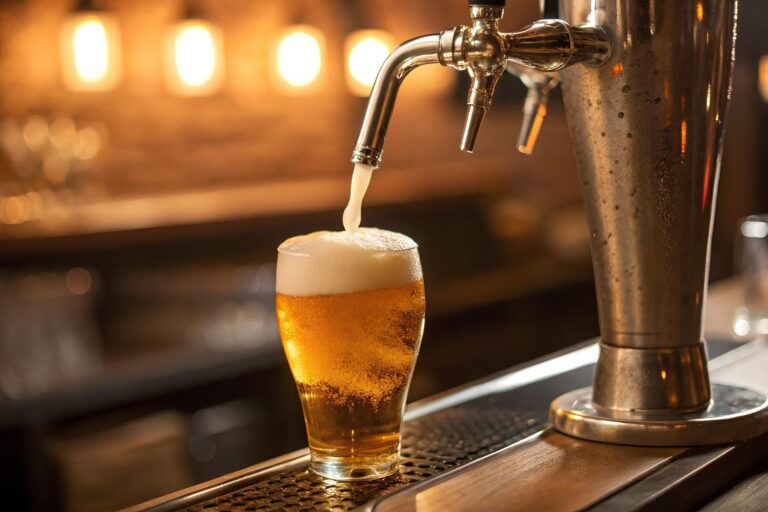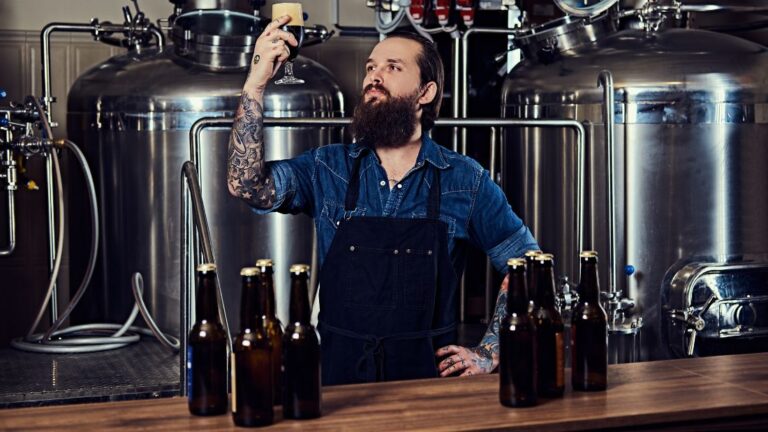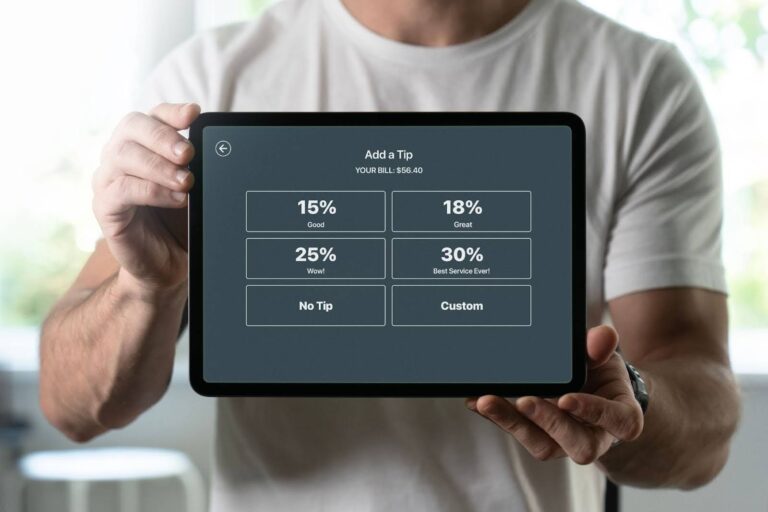How Much Can You Expect to Pay in Brewery Equipment Costs?

Deciding on the right brewing equipment is a big decision for any brewery. You want to balance the cost with the quality to get the best value for your money. Whether you’re starting a new brewery or upgrading your current setup, the equipment you choose affects both the taste of your beer and how smoothly your brewery runs.
In this blog, we’ll look at the must-have equipment based on your brewery’s size and budget.
We’ll also cover some extras that can make a difference and share tips on financing your equipment.
Here’s how a few smart choices can help you brew great beer and run a successful business:
1. Size Matters
The bigger your brewery, the more you need higher-tier equipment to keep up with the demands of brewing operations. This means a higher overall investment.
Here’s a quick overview of prices by brewery size:
Nano Brewery: If you’re looking to produce less than 1,000 barrels per year, your brewery is classified as a nano brewery. This is an ideal choice for most startups or for those testing the waters. A size like this will cost you between $10,000 to $50,000 on equipment.
Microbrewery: Microbreweries have the capacity to distribute locally or regionally, producing around 1,000 to 15,000 barrels annually. Expect to spend around $50,000 to $200,000.
Regional Brewery (15-60 barrels): Regional breweries typically produce 15,000 to 500,000 barrels each year. For those with goals of national distribution, prepare to invest $200,000 to $1,000,000, or more, depending on the scale.
Large-Scale Brewery: To produce over 500,000 barrels per year, plan to invest $2 million to $10 million or more in high-capacity equipment, automation, and advanced packaging systems.
2. The Non-Negotiables
Regardless of the size of your operation, certain brewery equipment is non-negotiable.
Brewhouse: Typically includes the mash tun, lauter tun, boil kettle, and whirlpool, a brewhouse can cost anywhere between $50,000 to $250,000 depending on size and features.
Fermentation Tanks: After brewing, the wort (your unfermented beer) needs to ferment. Fermentation tanks vary in size and cost from $2,000 for a small setup to over $50,000 for larger, high-tech models.
Cooling System: As your beer matures inside the fermentation tanks, you will need to store them at the right temperature. Glycol chillers, which are standard in most breweries, can cost between $1,000 and $30,000.
Packaging Equipment: Getting your beer out to the market requires the right packaging equipment like bottles, cans, or kegs. A basic canning line could cost you $15,000 to $200,000, while a kegging system might run from as low as $500 for a homebrewer’s basic setup up to tens of thousands of dollars for more robust commercial breweries.
Cleaning and Sanitation: A Clean-in-Place (CIP) system which aids in efficient cleaning of your tanks and equipment will cost you between $10,000 and $100,000.
3. The Extras
While not strictly necessary to keep your operations going, investing in these items can enhance your brewing process:
Grain Mill: Whether it’s for cost-efficiency reasons or quality control, investing in your own grain mill is often a worthwhile investment. A good quality grain mill will cost you $3,000 to $20,000.
Lab Equipment: To ensure your beer meets quality standards, you may need some basic lab gear like pH meter, microscope, centrifuges, and incubators. Expect to invest $10,000 to $50,000 here.
Furniture and Decor: Having a taproom can be a smart strategy to attract a wider customer base by providing a platform to showcase your beer directly to consumers.
Depending on the vibe you want to achieve, this can easily add $20,000 to $100,000 to your budget.
Installation and Setup: It’s not just about buying the equipment; you also need to get it set up correctly. Installation fees can vary but budgeting an additional 10-20% of your total equipment costs is a good rule of thumb.
4. Consider Buying Used
If you’re just testing the waters, buying used equipment will save you tons of cash.
Used equipment can often be found at 50-70% of the cost of new ones, though you’ll want to be careful to ensure it’s in good working order.
5. Planning for the Future
With the beer industry’s rapid growth, many brewery owners wish they had “future-proofed” their operations from the start.
It pays to have a solid plan that accommodates your brewery’s growth over the next few years. Investing in equipment that can handle larger batches than you currently plan to produce can save you money on upgrades down the line.
6. Financing Your Brewery Equipment
It’s easy to feel overwhelmed by how much investment you need to open a brewery. To keep yourself motivated, it’s important to educate yourself on the potential profits too.
Whether you’re just starting out or looking to upgrade, a wide range of financing options are available like traditional loans, SBA loans, equipment leasing, vendor financing, and crowdfunding/investors.
To qualify, these options often require a solid business plan, credit history, and sometimes, collateral.
Need Additional Finance Help?
By carefully planning your equipment purchases and financing options, you’re not just building a brewery—you’re building a brand that beer lovers will return to time and time again.
As you focus on creating exceptional brews, don’t overlook the importance of strong financial planning. We’re here to help you manage costs, optimize your budget, and navigate the complexities of the industry.
If you need a better brewery accountant on your side, we’re here to help.
You can book a discovery call with us at any time to see how we can help.
Simply use our calendar below to get started.
Until next time!

By MATT CIANCIARULO



